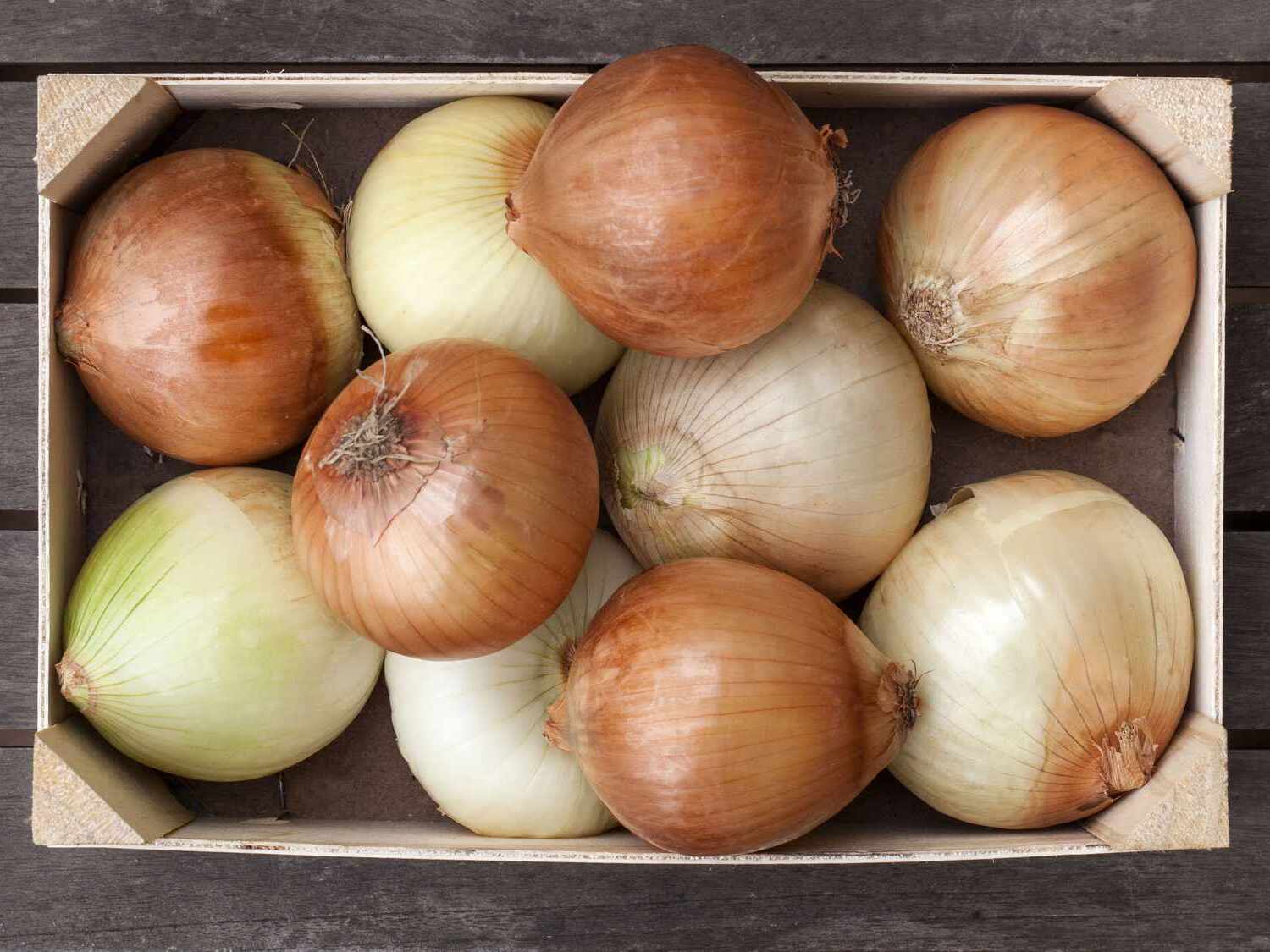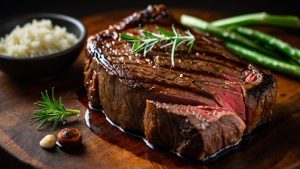
What’s the difference between a corner bodega serving a hot sandwich and a restaurant serving a full meal? It’s more than just the food. The contrast runs through purpose, licensing, services, and the community role each one plays.
Core Purpose: Utility vs Experience
Bodega
A bodega exists to serve quick needs. It is a convenience store first, a food stop second. Bread, milk, eggs, household essentials, snacks, and drinks fill the shelves. The hot sandwich is an add-on, not the main act.
Restaurant
A restaurant’s business starts with food and ends with service. It exists to prepare full meals, craft experiences, and serve diners either inside the venue or as takeout. Meals aren’t incidental. They are the core product.
Licensing and Legal Structure
Bodega Licensing
In cities like New York, bodegas typically hold a Retail Food Store License issued by the Department of Agriculture and Markets. This allows them to sell prepackaged food and goods for off-site consumption.
The key legal line:
- If less than 50% of the revenue comes from prepared foods, the bodega remains a retail food store.
- If more than 50% of revenue is from food prepared on-site, the store crosses into restaurant territory.
Restaurant Licensing
Restaurants require a Food Service Establishment Permit from the Department of Health. Additional paperwork includes:
- Certificate of Occupancy
- Liquor license (if alcohol is served)
This regulatory distinction impacts operations, inspections, health codes, and insurance requirements.
Menu Offerings and Services
Bodega Inventory Highlights
- Coffee to go
- Prepackaged snacks
- Deli sandwiches (think bacon, egg, and cheese)
- Cigarettes, newspapers, batteries
- Toilet paper and laundry detergent
- Frozen dinners, milk, canned food
It’s about having just enough of everything. Quick grab, fast checkout.
Restaurant Menu Experience
- Curated dishes
- Starters, mains, desserts
- Meals crafted around cuisine types
- Waitstaff to take orders and serve
- Table setting and ambiance
- Multiple beverage options
Restaurants are designed to slow you down. You’re meant to sit, stay, enjoy. Even in fast-casual settings, the emphasis is on food-first.
Customer Interaction and Atmosphere
Bodegas Feel Like Home
Regulars know the owner by name. The cashier might ask how your mom’s doing. Prices are handwritten. Conversation flows over the counter. The relationship is personal.
Atmosphere:
- Fluorescent lighting
- Narrow aisles
- Quick transactions
- Music from a radio behind the register
- Community noticeboards near the door
Restaurants Create a Stage
There’s mood lighting. Furniture matches the brand. Service is attentive but professional. The dining area is part of the culinary design. The environment shapes the experience as much as the food.
Atmosphere:
- Deliberately chosen aesthetics
- Background music matches the tone
- Tables spaced for comfort
- Plates arranged for visual appeal
Role Within the Community
Bodegas Are Anchors
- Provide 24-hour access in many neighborhoods
- Serve low-income and working-class residents
- Accept EBT/SNAP in many cases
- Offer safety, familiarity, and routine
- Reflect the culture of the owners and locals
They’re not just stores. They’re social nodes. They offer comfort and constancy.
Restaurants Are Destinations
- Sites for celebration, meetings, or date nights
- Draw customers from across neighborhoods
- Require more planning and time
- Offer employment to chefs, waitstaff, and cleaners
- Often reviewed, rated, and recommended
The restaurant is a statement. A meal shared in a restaurant carries weight — birthdays, anniversaries, big decisions.
Cost and Business Models
Bodega Economics
- High volume, low margin
- Regular customer base
- Low overhead with limited staff
- Food is made quickly, using simple ingredients
- Inventory turnover is key to profitability
Restaurant Economics
- Higher average spend per customer
- Variable margins based on cuisine, location, and alcohol sales
- Labor-intensive: chefs, cooks, servers, managers
- Greater investment in branding, seating, and experience
- Riskier but higher reward model
Summary in List Format: Key Differences
1. Purpose
- Bodega: Convenience and essentials
- Restaurant: Food and service
2. Licensing
- Bodega: Retail Food Store License
- Restaurant: Food Service Establishment Permit
3. Menu
- Bodega: Snacks, drinks, hot sandwiches
- Restaurant: Full meals, curated cuisine
4. Atmosphere
- Bodega: Fast-paced, transactional
- Restaurant: Designed, ambient
5. Community Role
- Bodega: Neighborhood anchor
- Restaurant: Social destination
6. Revenue Focus
- Bodega: Diverse sales across products
- Restaurant: Primarily food and drink
7. Customer Experience
- Bodega: Informal and familiar
- Restaurant: Structured and curated
Both bodegas and restaurants contribute to daily urban life, but they operate from entirely different foundations. One fills your fridge and fuels your workday. The other invites you to sit down, connect, and taste something crafted. The overlap may be real, but the identity is not. One builds routine. The other marks moments.











